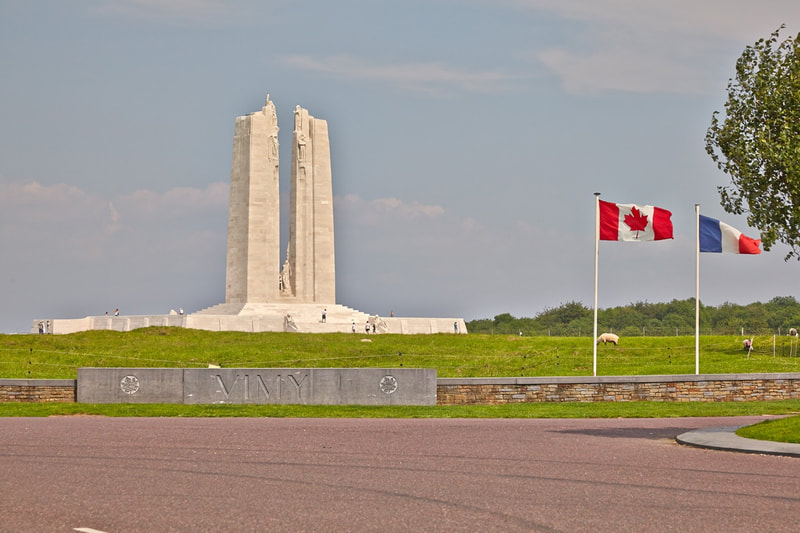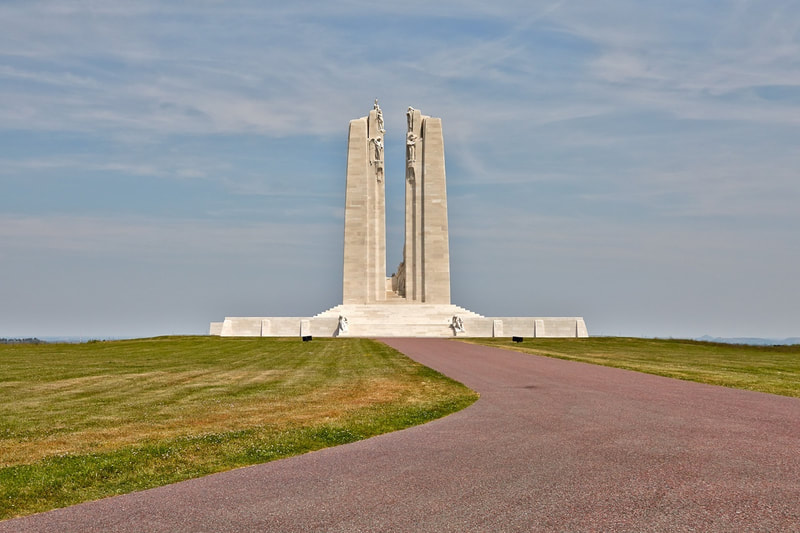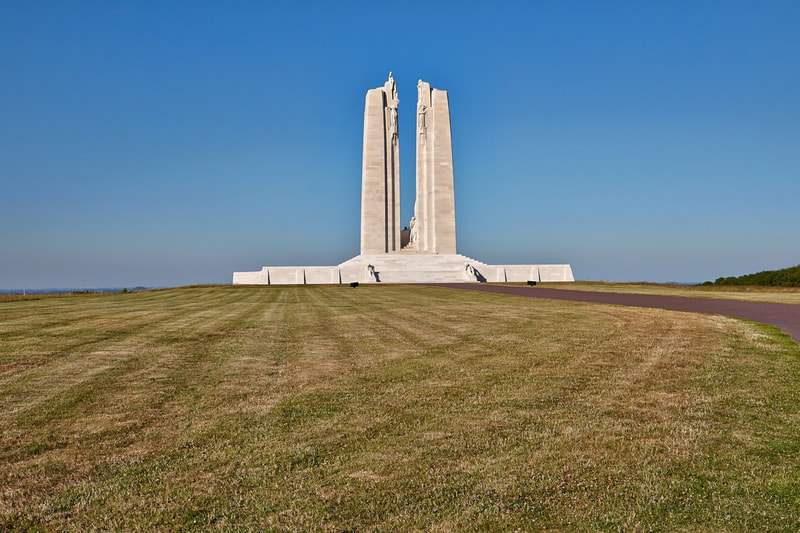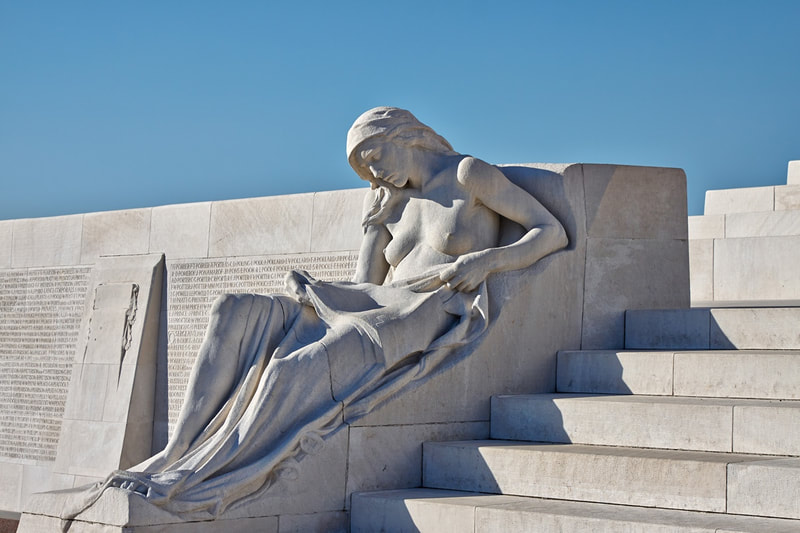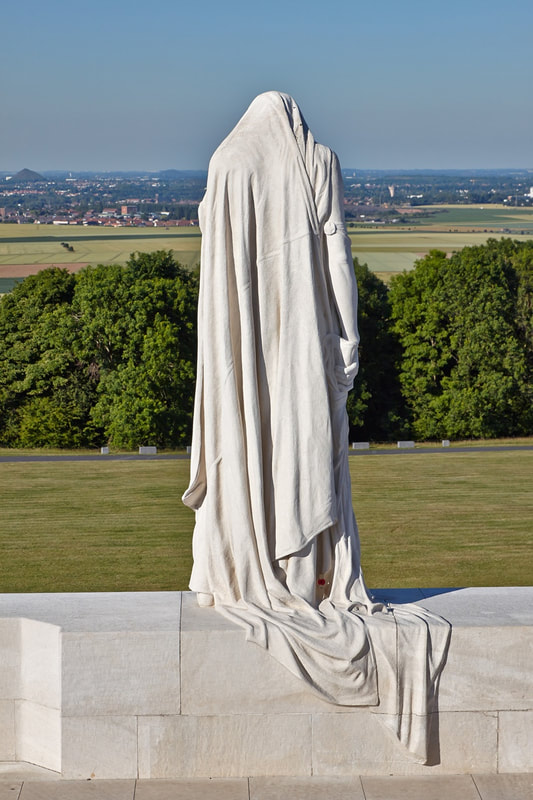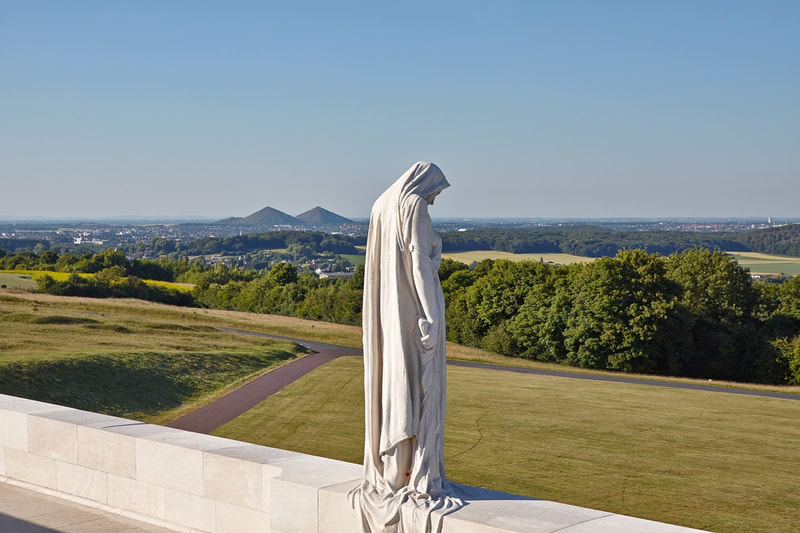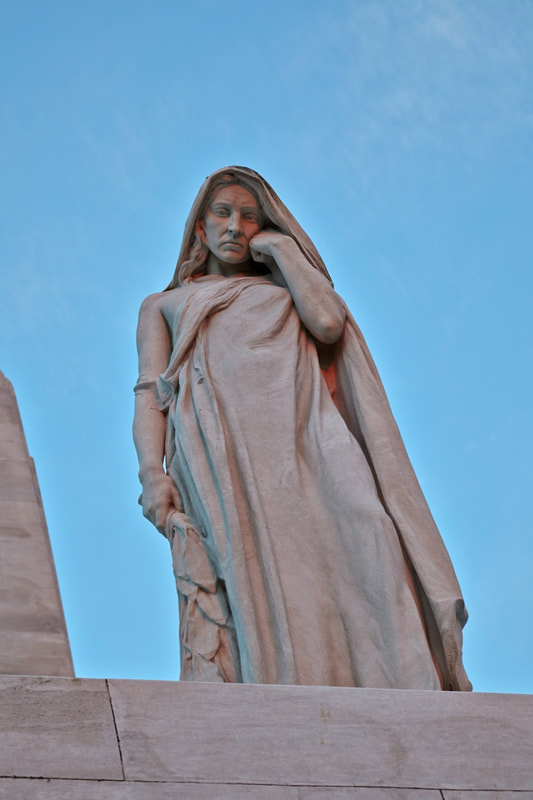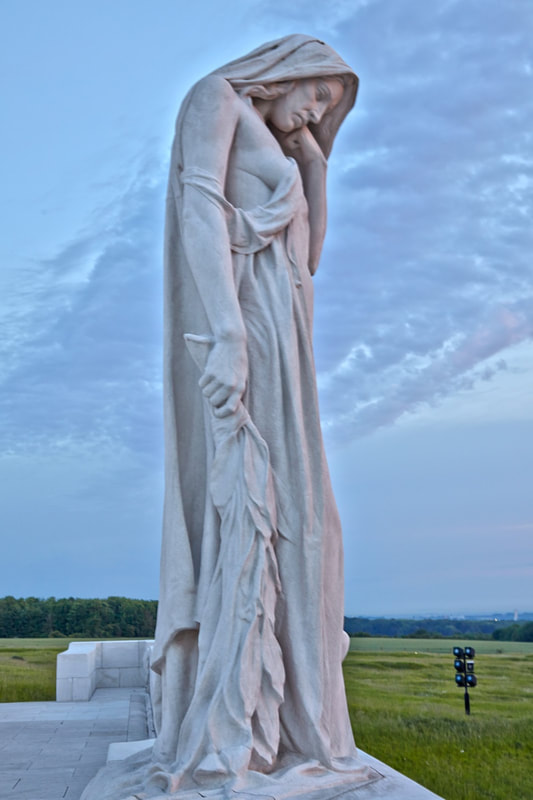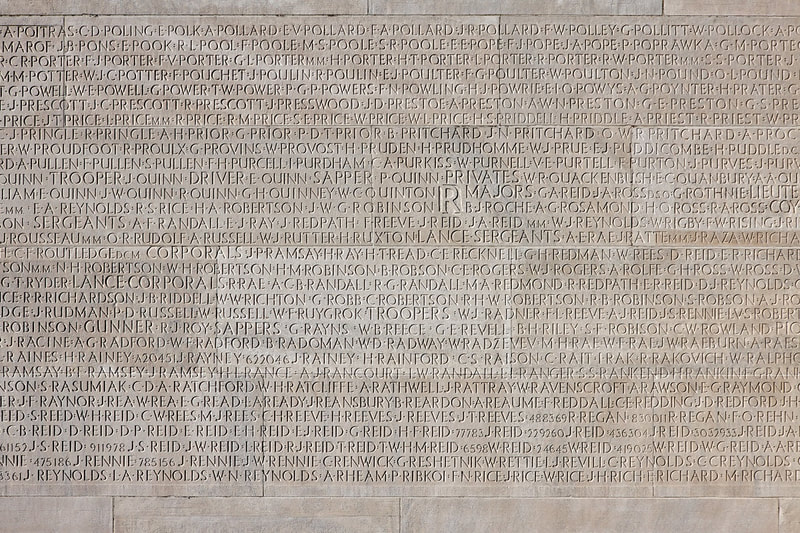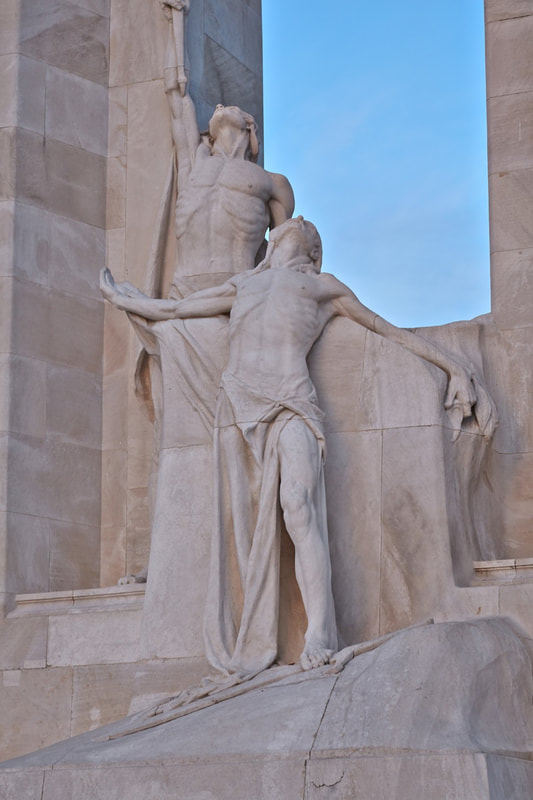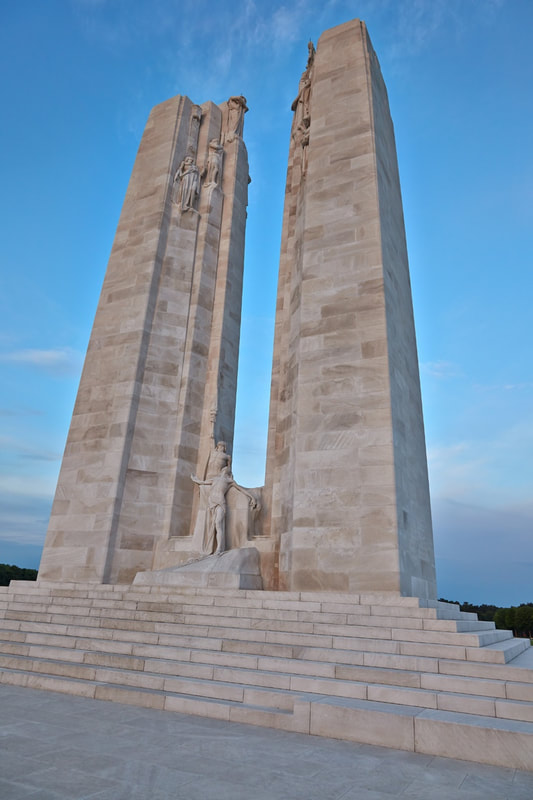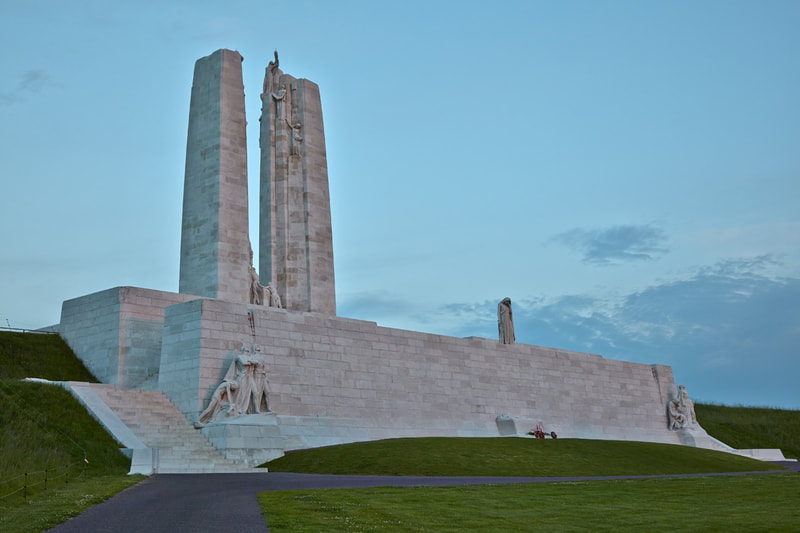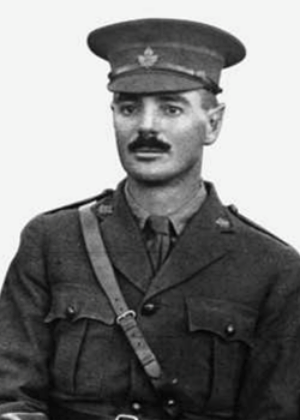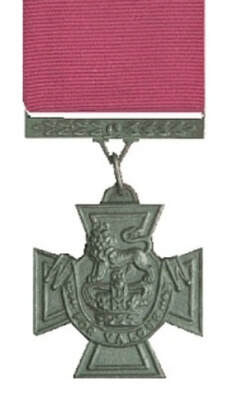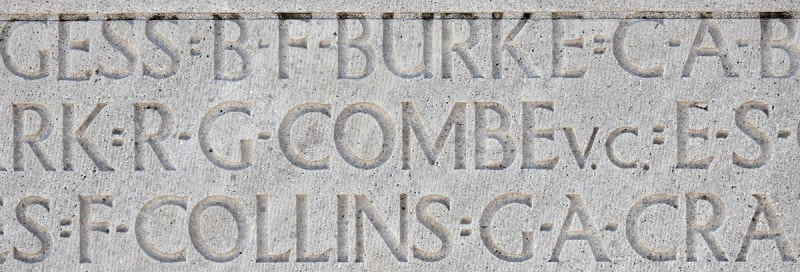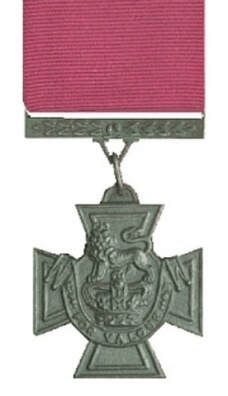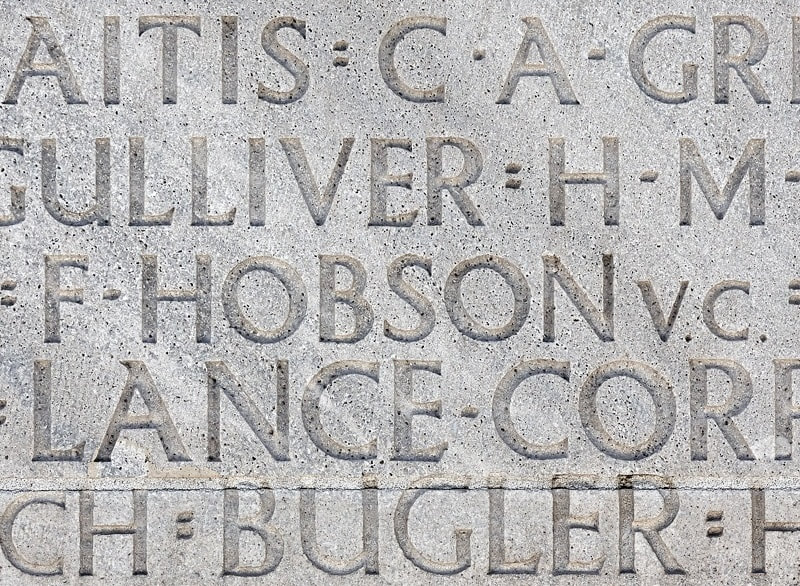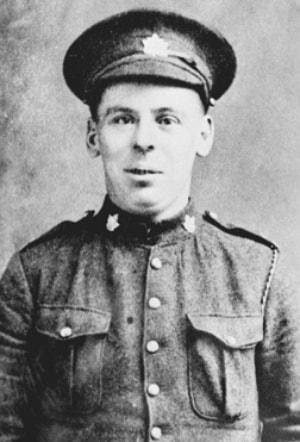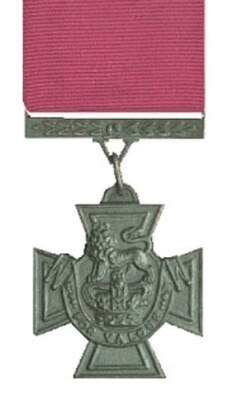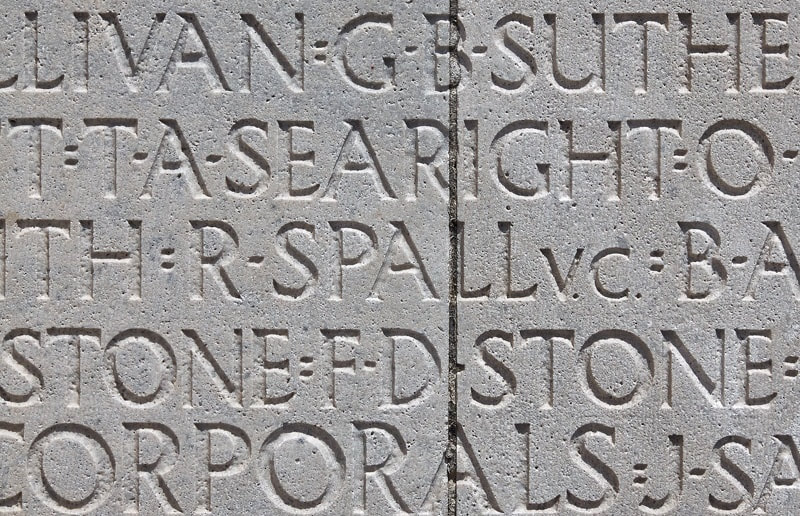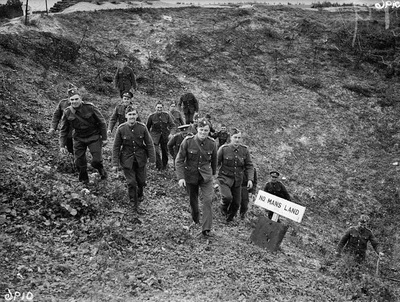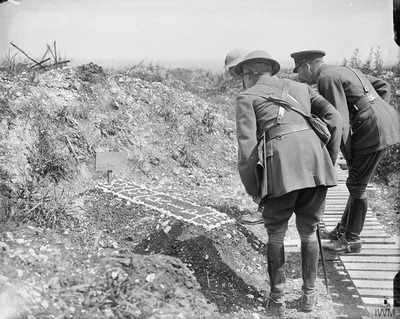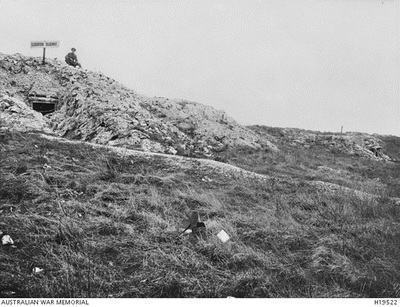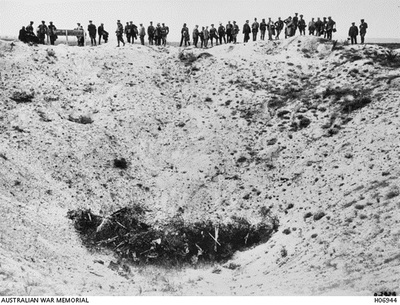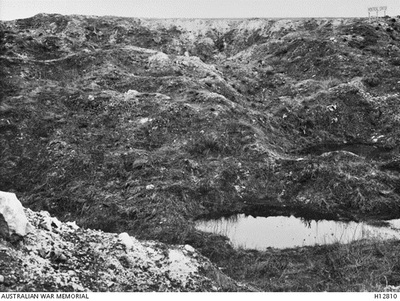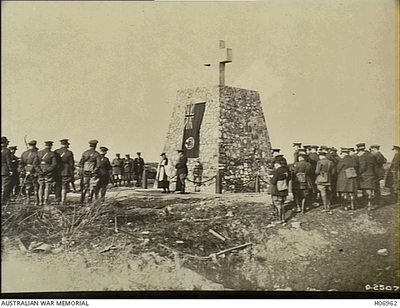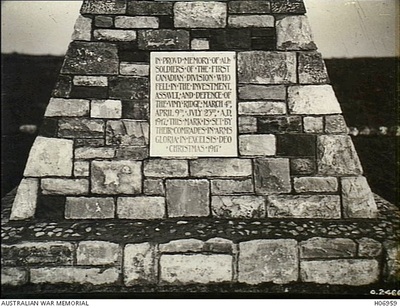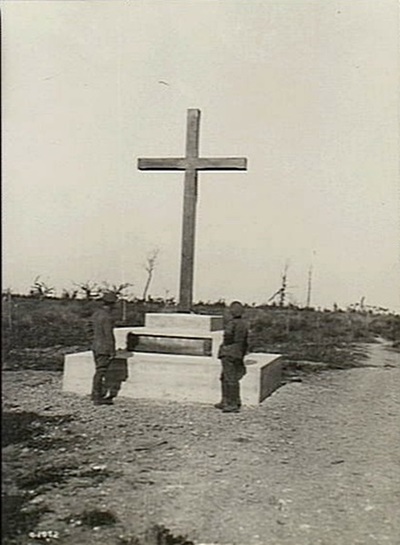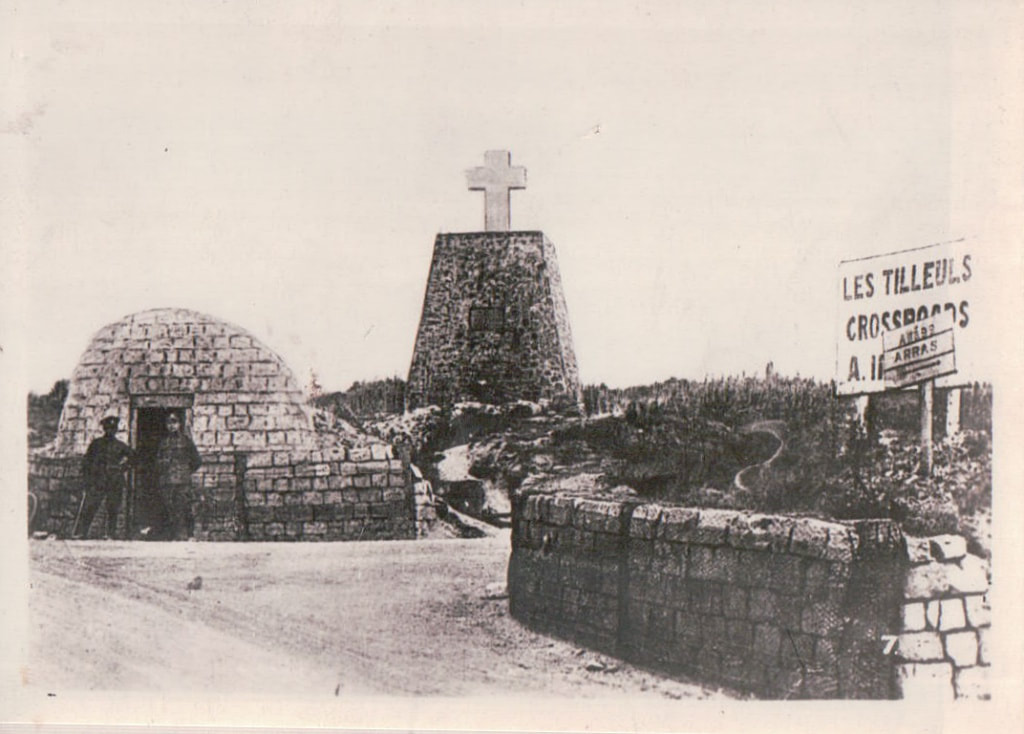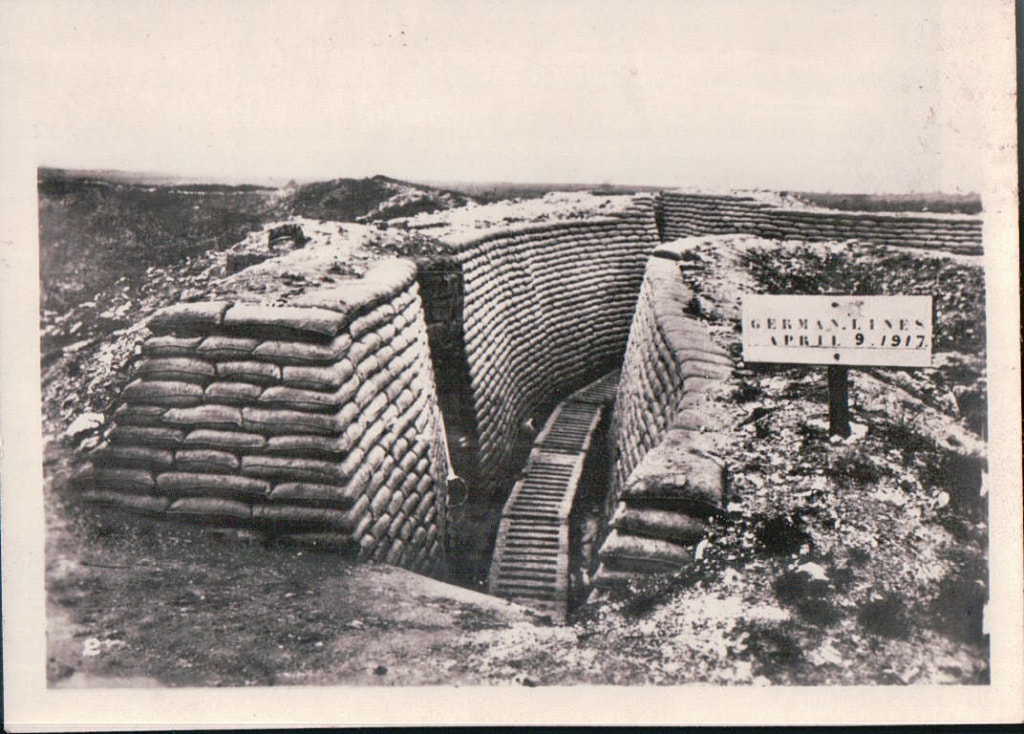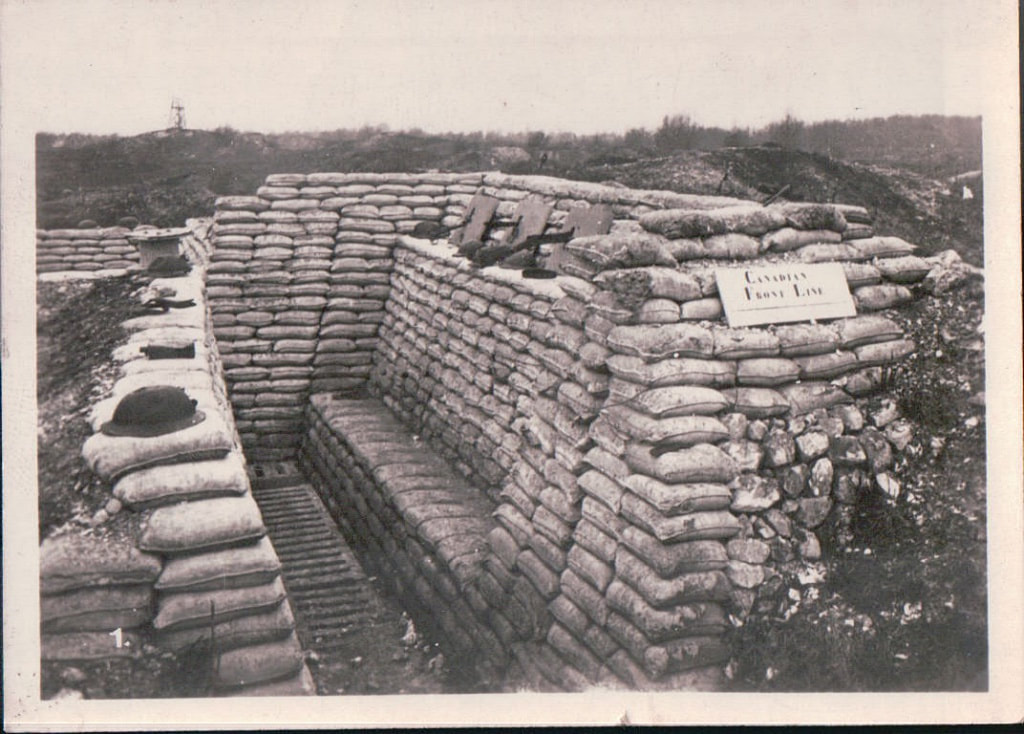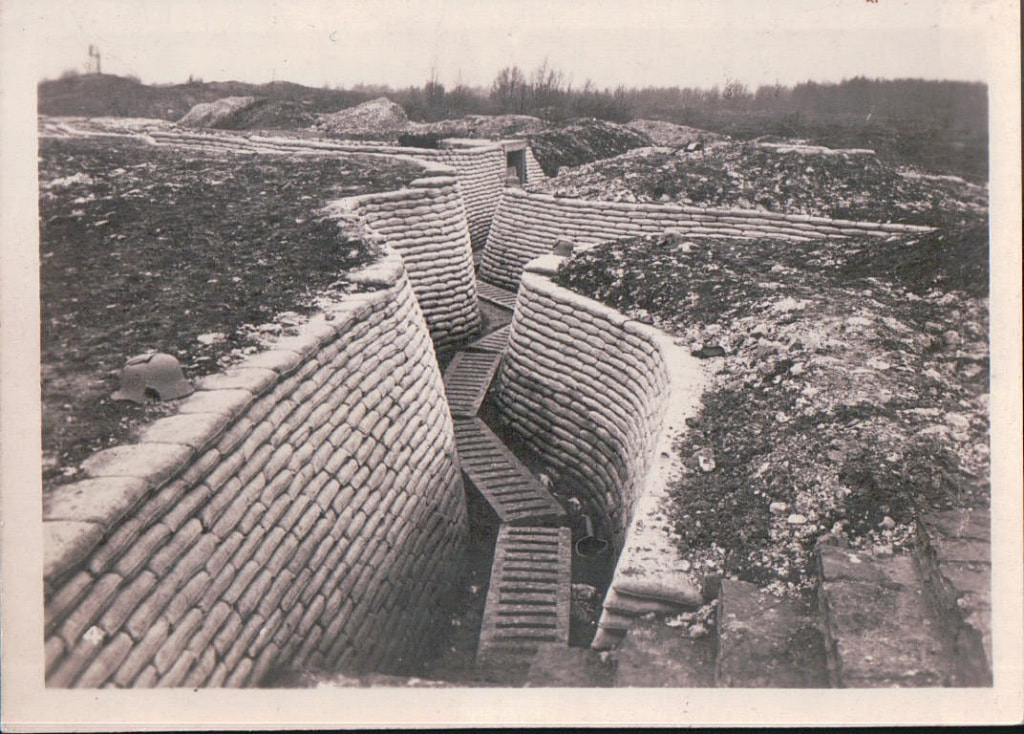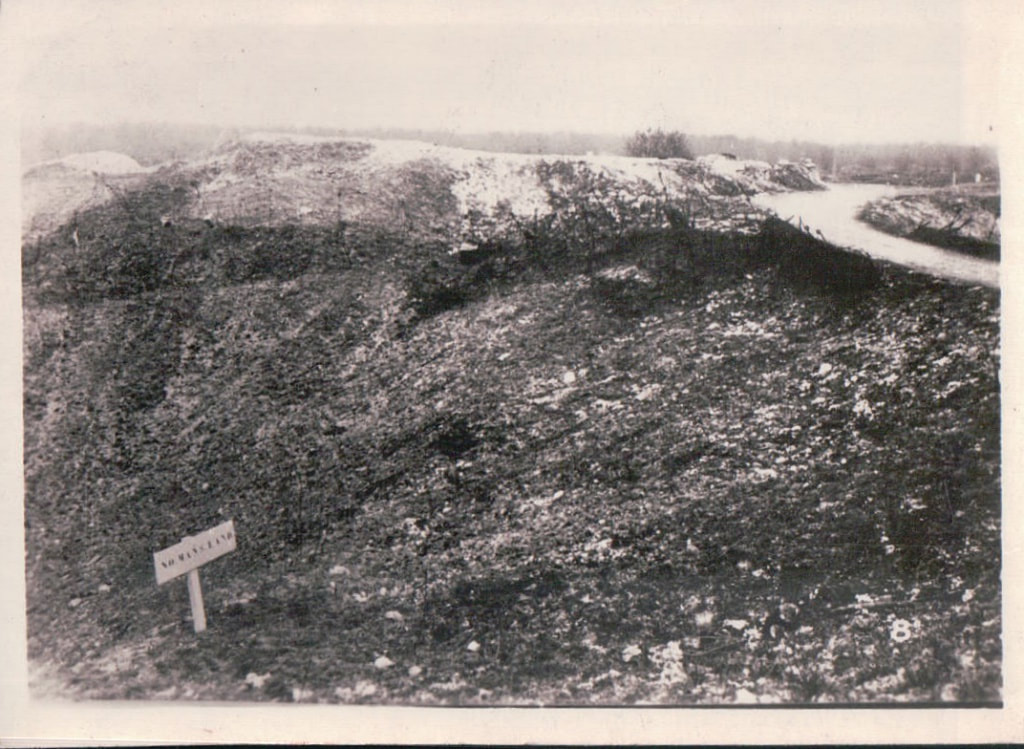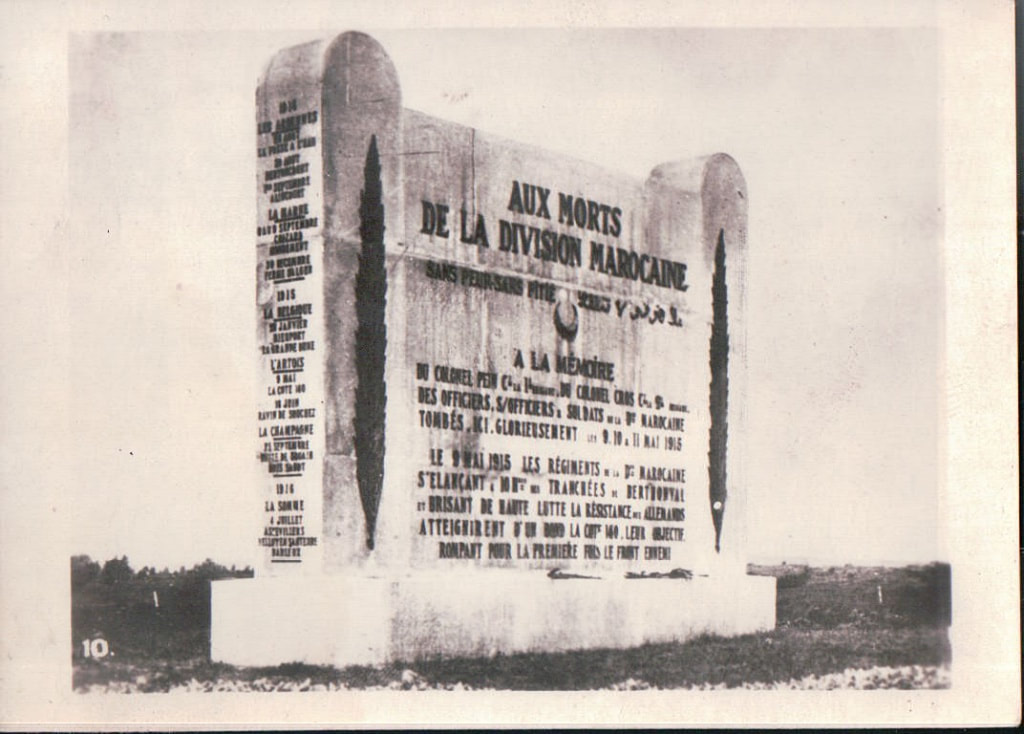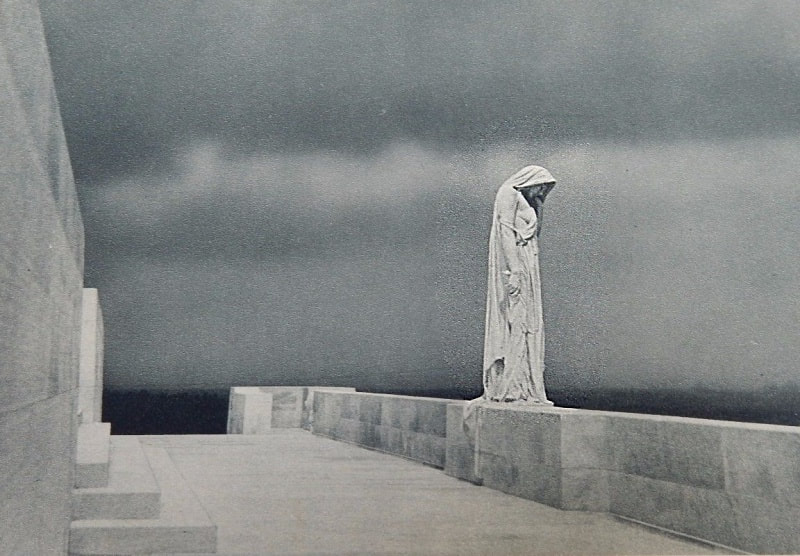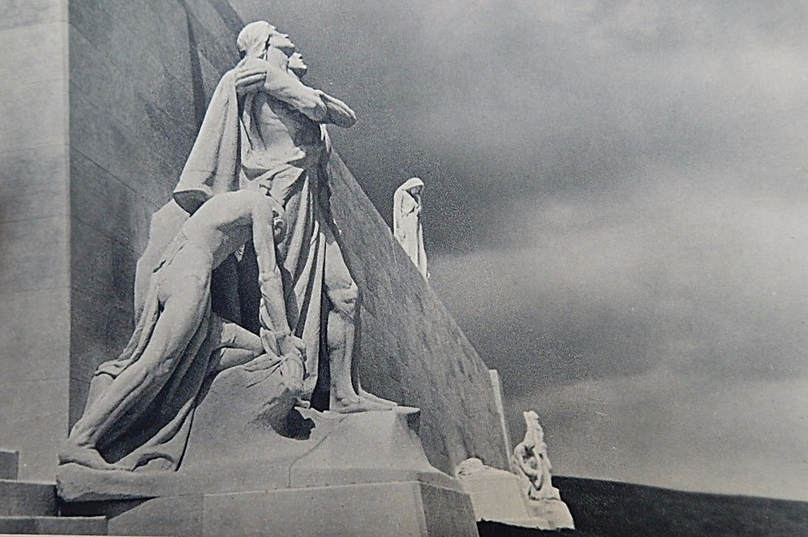VIMY MEMORIAL
Vimy
Pas De Calais
France
GPS Coordinates: Latitude: 50.3795, Longitude: 2.77385
Roll of Honour
Location Information
The Vimy Memorial overlooks the Douai Plain from the highest point of Vimy Ridge, about eight kilometres northeast of Arras on the N17 towards Lens. The memorial is signposted from this road to the left, just before you enter the village of Vimy from the south. The memorial itself is someway inside the memorial park, but again it is well signposted.
Visiting Information
The grounds around the memorial are open year-round and contain restored and preserved trenches and tunnels. To view these, it is recommended that visitors pre-book. Without a booking, visitors will be accomodated depending on operational capacity. To make a booking, please contact the Vimy Office on +33 (0)3 21 50 68 68. For further information, please visit the Veterans Affairs Canada website: www.vac-acc.gc.ca/remembers/
Historical Information
On the opening day of the Battle of Arras, 9 April 1917, the four divisions of the Canadian Corps, fighting side by side for the first time, scored a huge tactical victory in the capture of the 60 metre high Vimy Ridge.
After the war, the highest point of the ridge was chosen as the site of the great memorial to all Canadians who served their country in battle during the First World War, and particularly to the 60,000 who gave their lives in France. It also bears the names of 11,151 Canadian servicemen who died in France - many of them in the fight for Vimy Ridge - who have no known grave.
The memorial was designed by W.S. Allward. It was unveiled by King Edward VIII on 26 July 1936.
Commemorated on Memorial: Canada 11,151.
Memorial images in gallery below © Geerhard Joos
Lieutenant Robert Grierson Combe, V. C.
27th Bn. Canadian Infantry
3rd May 1917, aged 35.
Son of James and Elizabeth Combe, of Aberdeen, Scotland; husband of Jean Traquair Donald Combe, Victoria, British Columbia. Robert Grierson Combe came to Canada around 1906, having already completed his schooling and apprenticeship in pharmacies in Aberdeen and London, England. He soon joined the staff of a drug store in Moosomin, Saskatchewan and several years later opened his own store in Melville, Saskatchewan. Combe enlisted in 1915, was granted a commission and subsequently posted to the 53rd Battalion in Prince Albert. Initially qualified as a Major on arrival overseas and placed on the instructional staff, he later, at his own request, reverted to the rank of Lieutenant and joined the 28th Battalion in France. He was forced back to England due to illness but soon returned to the front, this time with the 27th Battalion where he served with distinction until the time of his death. A lake in Northern Saskatchewan has been named in his honour.
Citation:
An extract from "The London Gazette," dated 27th June, 1917, records the following:-"For most conspicuous bravery and example. He steadied his Company under intense fire and led them through the enemy barrage, reaching the objective with only five men. With great coolness and courage Lt. Combe proceeded to bomb the enemy, and inflicted heavy casualties. He collected small groups of men and succeeded in capturing the Company objective, together with eighty prisoners. He repeatedly charged the enemy, driving them before him, and whilst personally leading his bombers was killed by an enemy sniper. His conduct inspired all ranks, and it was entirely due to his magnificent courage that the position was carried, secured and held."
57113 SergeantFrederick Hobson, V. C.
20th Bn. Canadian Infantry
18th August 1917, aged 41.
Frederick Hobson was born in London, England on 23 September 1873. After seeing action with the British Army during the South African War (1899-1902), he came to Canada and settled in Galt (now Cambridge), Ontario. Being 41 years old when he went to the recruiting office shortly after the First World War began, Hobson gave his year of birth as 1875 so that he would be allowed to enlist in the Canadian Expeditionary Force.
On 18 August 1917 Sergeant Hobson was serving with the 20th Infantry Battalion on Hill 70, near Lens in France. During a German counterattack on the Canadian lines, a Lewis light machine gun in a forward position was buried by a shell explosion that killed all but one of the its crew. Hobson hurried to the site, dug out the Lewis gun, and got it back into action against the attacking enemy soldiers. When the gun jammed, Sergeant Hobson, though wounded, left the gunner to clear the stoppage and advanced alone to confront the Germans. Using his bayonet and rifle butt, he held them at bay until he was killed by a rifle shot. By that time the Lewis gun was again firing, and shortly after reinforcements arrived to defeat the counterattack.
For these actions Sergeant Hobson was awarded the Victoria Cross posthumously.
Citation:
An extract from "The London Gazette," dated 16th Oct., 1917, records the following:-"During a strong enemy counter-attack a Lewis gun in a forward post in a communication trench leading to the enemy lines, was buried by a shell, and the crew, with the exception of one man, was killed. Serjt. Hobson, though not a gunner, grasping the great importance of the post, rushed from his trench, dug out the gun, and got it into action against the enemy who were now advancing down the trench and across the open. A jam caused the gun to stop firing. Though wounded, he left the gunner to correct the stoppage, rushed forward at the advancing enemy and, with bayonet and clubbed rifle, single-handed, held them back until he himself was killed by a rifle shot. By this time however, the Lewis gun was again in action and reinforcements shortly afterwards arriving, the enemy were beaten off. The valour and devotion to duty displayed by this non-commissioned officer gave the gunner the time required to again get the gun into action, and saved a most serious situation."
427586 Private William Johnstone Milne, V. C.
16th Bn. Canadian Canadian Infantry (Manitoba Regiment)
9th April 1917, aged 24.
Native of Lanarkshire, Scotland.
William Johnstone Milne was born in Cambusnethan, Scotland on 21 December 1892 and came to Canada in 1910, settling in Saskatchewan. During the First World War, he served with the 16th Infantry Battalion, Canadian Expeditionary Force.
On 9 April 1917, the 16th Infantry Battalion took part in the successful attack by the Canadian Corps on Vimy Ridge, the strongest German defensive position in northwestern France. Early that day, the advance of Private Milne’s company was checked by machine gun fire. Crawling forward, he put the crews of two machine guns out of action and captured their guns. Milne was killed a short time later, and his body was never recovered.
For his conduct in this action, Private Milne was awarded the Victoria Cross posthumously.
Citation:
An extract from the Second Supplement to The London Gazette, dated 8th June, 1917, records the following:-"For most conspicuous bravery and devotion to duty in attack. On approaching the first objective, Pte. Milne observed an enemy machine gun firing on our advancing troops. Crawling on hands and knees, he succeeded in reaching the gun, killing the crew with bombs, and capturing the gun. On the line re-forming, he again located a machine gun in the support line, and stalking this second gun as he had done the first, he succeeded in putting the crew out of action and capturing the gun. His wonderful bravery and resource on these two occasions undoubtedly saved the lives of many of his comrades. Pte. Milne was killed shortly after capturing the second gun."
475212 Sergeant Robert Spall, V. C.
Princess Patricia's Canadian Light Infantry (Eastern Ontario Regiment)
13th August 1918, aged 25.
Son of Charles and Annie Maria Spall.
Robert Spall was born in Ealing, England, on 5 March 1890. At the age of two, he moved with his parents to Canada and lived in Winnipeg. In August 1915 he joined the 90th Infantry Battalion, Canadian Expeditionary Force, and later was posted to Princess Patricia’s Canadian Light Infantry in which he became a sergeant.
Spall earned the Victoria Cross in Parvillers, France, 12 and 13 August 1918 during an enemy counter-attack, when his platoon became isolated. Taking a Lewis gun, he inflicted numerous casualties, then descended into the trench and directed his men into a sap seventy-five metres from the enemy. He again mounted the parapet of the trench and resumed his fire in order to further hold up the enemy. It was at this point that he was killed; Spall sacrificed his life in order to extricate his platoon from a difficult situation, and his bravery allowed his men to be saved.
Citation:
An extract from "The London Gazette," dated 26th Oct., 1918, records the following:- "For most conspicuous bravery and self-sacrifice when, during an enemy counter-attack, his platoon was isolated. Thereupon Serjt. Spall took a Lewis gun and, standing on the parapet, fired upon the advancing enemy, inflicting very severe casualties. He then came down the trench directing the men into a sap seventy-five yards from the enemy. Picking up another Lewis gun, this gallant N.C.O. again climbed the parapet, and by his fire held up the enemy. It was while holding up the enemy at this point that he was killed. Serjt. Spall deliberately gave his life in order to extricate his platoon from a most difficult situation, and it was owing to his bravery that the platoon was saved."
Images in this gallery © Geerhard Joos
The pictures below were taken by Mike's father during the retreat to Dunkirk in 1940.
© Mike Attrill
Video © Michael J. Moore
A mosaic of aerial photographs showing "Red" Line, located at the southern end of Vimy Ridge in front of 1 Canadian Infantry Division, on the day after the Ridge was captured. © IWM (Q 50942)
First World War period German Minenwerfer (Heavy Trench Mortar). This particular mortar was captured by the 31st (Alberta) Battalion, 2nd Canadian Division, during the fighting for Vimy Ridge, 9th April 1917. At the outbreak of war, service patterns of rifled trench mortars had been developed in the German Army for use in siege warfare, and were therefore served by pioneers. They were used with great effect in the attacks on certain of the Liège Forts, at Maubeuge and Antwerp. They existed only in small numbers and the German Army passed through the same phase of crude improvisations as the French and British Armies experienced, and it was not until 1916 that the standard types were found in large numbers. After this the older types were used chiefly for throwing gas bombs and other special projectiles. The old patterns had a very short gun, and were mounted on a circular bedplate with all-round traverse. The German Minenwerfer, alone of standard types of Trench Mortars, were rifled and were designed essentially as siege howitzers of reduced weight and power, and the piece, cradle, buffer and form of shell were in accordance with conventional artillery practice. In all patterns care was taken to house the gearing and mechanisms so as to keep out mud and dirt. Particulars of 25 cm Heavy Minenwerfer: (early pattern) - weight in action 11¼cwt; rifled length 3.1cal; weight of shell 207.2lbs; weight of charge 103.6lbs; most favourable range 219-601yards; crew 21; rounds per hour 20. 1916 Pattern: weight in action 15cwt; rifled length 4.54 cal; weight of shell 207.2lbs; weight of charge 103.6lbs; most favourable range 547-1094yards; crew 28; rounds per hour 20. The Heavy Minenwerfers were largely used against targets too near the German trenches to be shelled by their heavy artillery, e.g., parapets, dug-outs, observation posts, trench mortar and machine gun emplacements and wire. © IWM (ORD 52)
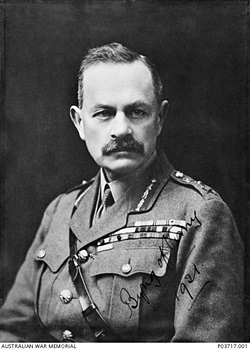
Portrait of Field Marshal Sir Julian Hedworth George Byng, GCB, KCB, KCMG, MVO, CB, signed 'Byng of Vimy'.
Born in England, he served in the Sudan and in the Boer War. When the First World War broke out, he commanded the Cavalry Corps within the British Expeditionary Force and was then sent to the Gallipoli Peninsula as commander of the 9th Army Corps, performing creditably. He took command of the Canadian Army Corps in 1916; after victory at Vimy Ridge in April 1917, he was promoted to command of the Third Army in June, and enhanced his reputation through his involvement in the attack at Cambrai. During the remainder of the war he had a succession of victories; he was made 1st Baron Byng of Vimy of Thorpe-le-Soken, in Essex, in October 1919. He was Governor General of Canada from 1921-1926, and was promoted to Field Marshal in 1932.
Born in England, he served in the Sudan and in the Boer War. When the First World War broke out, he commanded the Cavalry Corps within the British Expeditionary Force and was then sent to the Gallipoli Peninsula as commander of the 9th Army Corps, performing creditably. He took command of the Canadian Army Corps in 1916; after victory at Vimy Ridge in April 1917, he was promoted to command of the Third Army in June, and enhanced his reputation through his involvement in the attack at Cambrai. During the remainder of the war he had a succession of victories; he was made 1st Baron Byng of Vimy of Thorpe-le-Soken, in Essex, in October 1919. He was Governor General of Canada from 1921-1926, and was promoted to Field Marshal in 1932.



